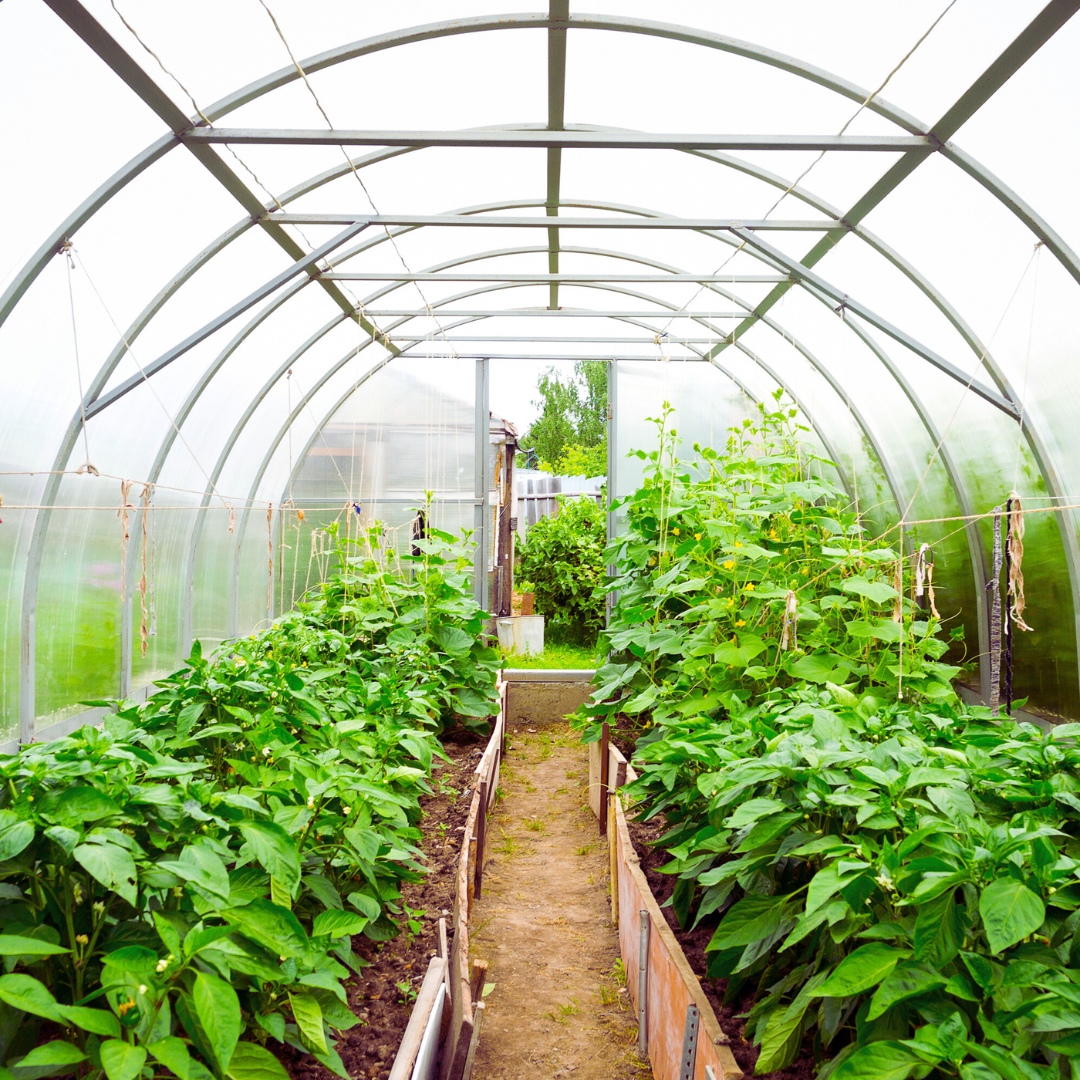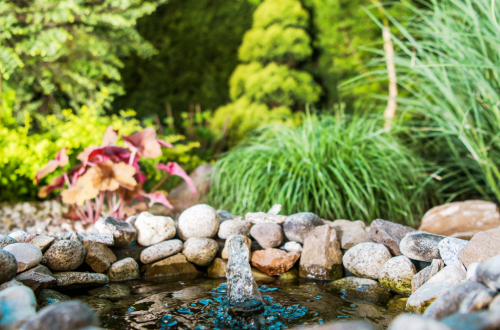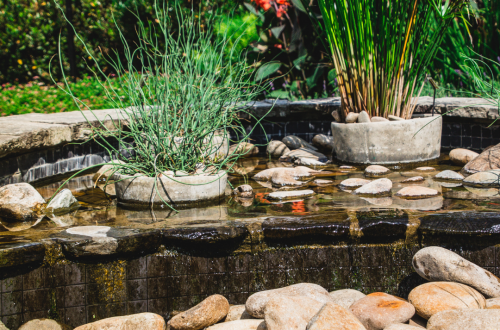Building a greenhouse can be an exciting and rewarding project for anyone interested in gardening or horticulture. To successfully build a greenhouse, one needs to consider factors such as location, materials, and design to create an effective structure tailored to their needs. This investment not only extends the growing season but also allows for greater control over the growing environment.
When choosing a site, it’s essential to select a location with ample sunlight, access to water, and protection from harsh winds. Various materials, such as glass, polycarbonate, or plastic sheeting, offer different benefits depending on budget and climate. Understanding these components is crucial for ensuring a lasting and functional greenhouse.
As the gardening community grows, many enthusiasts find value in creating their own spaces. With practical guidance and careful planning, anyone can transform their garden with a greenhouse that meets their unique requirements.
Understanding Greenhouses
Greenhouses offer an ideal environment for plant growth by optimising factors like light, temperature, and humidity. Knowledge of types, materials, locations, and sizes is crucial for selecting and building an effective greenhouse.
Types and Materials
There are several types of greenhouses, each suited for different purposes. Common styles include:
- Lean-to greenhouse: Attached to a building, maximising space and warmth.
- A-frame greenhouse: Provides stability and good light exposure, suitable for windy areas.
- Barn greenhouse: Larger structures ideal for extensive gardening.
- Mini greenhouse: Perfect for limited spaces, typically easy to assemble.
Materials also vary significantly. Polycarbonate is popular due to its durability and excellent light transmission. Tempered glass offers clarity and aesthetic appeal, while fibreglass and acrylic provide insulating properties. Wooden greenhouses, often using cedar, combine beauty with natural insulation. Each material selection impacts the greenhouse’s efficiency and longevity.
Location and Sunlight Considerations
Choosing the right location is vital. Ideally, a greenhouse should receive maximum sunlight throughout the day. A spot with southern or southeastern exposure is often the best choice.
Avoid placing it near tall structures or trees that block sunlight. Factors such as wind patterns and drainage should also be considered. Proper ventilation, particularly in warmer months, is essential to prevent overheating. The greenhouse should be shielded from strong winds, which can damage fragile plants and structures.
Size and Dimensions
The size of a greenhouse depends on the intended use. For hobbyists, a 10-foot greenhouse may suffice. For larger projects or extensive gardens, several hundred square feet may be necessary.
The dimensions should facilitate easy navigation inside. Consideration of shelf space and planting areas is essential for utility. Small greenhouses may require height for climbing plants, necessitating taller structures. Additionally, maintaining a good balance between width and height will help in maximising light exposure while providing ample growing space.
Planning Your Greenhouse
Effective planning is crucial in constructing a greenhouse. Considerations such as foundation selection, choosing between kits or DIY solutions, and determining the design are essential to ensure a successful project.
Choosing a Foundation
The foundation is a vital aspect of greenhouse construction. A solid foundation provides stability and supports the structure. Common options include concrete slabs, wood frames, and gravel beds.
- Concrete Slabs: Durable and resistant to pests, making it a preferred option.
- Wood Frames: Easier to construct, but may require maintenance.
- Gravel Beds: Allow for better drainage, reducing moisture build-up.
When selecting a foundation, consider factors like local soil conditions, climate, and the size of the greenhouse. This choice impacts ventilation, insulation, and overall longevity.
Greenhouse Kits vs DIY
Choosing between a greenhouse kit and DIY construction depends on skill level and budget.
- Greenhouse Kits: These pre-packaged options simplify the process. They typically include all necessary materials, making assembly straightforward with clear instructions.
- DIY Greenhouse: Offers flexibility in design and materials. This route may allow for customisation based on specific needs or preferences.
Budget considerations are also critical. Kits generally involve upfront costs, while DIY can save money but may require more time and effort. Research provides valuable insights into both options.
Designs and Plans
Designing a greenhouse involves considering the intended use and availabilities. Key elements often include size, shape, and materials.
Common designs:
- Gable: Efficient for rain runoff and natural light.
- Hoophouse: Simple structure primarily for maintaining warmth.
- Lean-to: Utilises an existing wall, saving space.
Free greenhouse plans are abundant online, offering templates that cater to various needs. Factors to consider when designing include local climate, available space, and budget constraints. Strategic planning will ensure a functional and user-friendly greenhouse.
Constructing the Greenhouse
Constructing a greenhouse involves several crucial steps, including erecting the structure, enabling proper ventilation, and fitting doors and vents. Each aspect contributes to the greenhouse’s functionality, ensuring it meets the needs of various plants.
Erecting the Structure
To begin, it is essential to choose a level site that receives adequate sunlight. The foundation should be sturdy; using concrete blocks or treated timber ensures stability. It is critical to employ a spirit level during construction to guarantee that the frame remains true.
Common materials for the framework include aluminium, wood, or PVC. Each has its advantages regarding durability and cost. When assembling the greenhouse, follow the manufacturer’s instructions to attach roof panels securely, preventing leaks and enhancing insulation.
Once the frame is assembled, fix the roof panels. Polycarbonate panels or glass can be utilised, depending on budget and aesthetics. Ensure that all connections are watertight to protect the interior environment from external elements.
Enabling Proper Ventilation
Ventilation is key to maintaining optimal growing conditions within the greenhouse. Without adequate airflow, plants may suffer from heat stress or diseases. Incorporating roof vents is an effective way to facilitate air circulation.
It is advisable to install at least two types of vents: passive and active. Passive vents rely on natural airflow, while active vents require mechanical assistance, such as fans. Position roof vents near the peak of the greenhouse to allow hot air to escape efficiently.
Consider adding side vents or louvres to maximise ventilation options. These additional openings can often be operated manually or automatically, depending on temperature. Effective ventilation ensures a consistent and suitable environment for plant growth.
Fitting Doors and Vents
Fitting doors hinges on ensuring access while maintaining insulation. Recommended door types include sliding or hinged doors, which should be easy to operate. Sealing gaps around the door frame will reduce heat loss and pests entering the structure.
Install vents at strategic locations to complement the existing circulation system. Manual or automated controls can make vent operation more straightforward. When fitting these vents, ensure they close securely to prevent unwanted drafts.
Regular maintenance of doors and vents is important to prolong their lifespan. Inspect seals and hinges periodically, making adjustments or replacements as needed. Properly functioning doors and vents contribute significantly to the greenhouse’s overall efficiency.
Accessorising and Maintaining Your Greenhouse
Successful greenhouse cultivation requires careful attention to irrigation, plant growth optimisation, and seasonal adjustments. Properly managing these aspects ensures healthy plants and maximises yield.
Irrigation and Drainage
Effective irrigation systems are crucial for maintaining optimal moisture levels in a greenhouse. Drip irrigation is often preferred for its efficiency and ability to deliver water directly to the plant roots. Setting up a timer can help regulate watering schedules based on the specific needs of various plants.
Drainage is equally important. A gravel floor can enhance drainage, preventing waterlogging. Incorporate drainage holes in raised beds and pots to allow excess water to escape. Regularly check for clogs to ensure water flows freely and adjust irrigation rates during rainy seasons to avoid overwatering.
Optimising Plant Growth
To boost plant growth, utilise shelving and benches for effective space management. This vertical organisation allows for more seedlings and pots to be accommodated without overcrowding. Grow lights can provide the necessary light spectrum, particularly during shorter days, enhancing photosynthesis.
Using shade cloths during peak sunlight can help regulate temperature, preventing heat stress. Additionally, incorporating heaters can maintain warmth during colder months, promoting continuous growth. Regularly rotating crops and monitoring soil health are essential practices for sustaining vibrant plant life.
Seasonal Adjustments
Adapting the greenhouse environment according to the growing season is vital. In winter, insulation methods, such as double layers of greenhouse covering, can reduce heat loss. Conversely, ensuring airflow through venting systems is necessary during summer to prevent overheating.
Cold frames can be beneficial for introducing seedlings early in the spring while protecting them from frost. As seasons change, consider rearranging benches and pots, and optimising sunlight exposure for different types of plants. Adjusting nutrient supply based on seasonal growth patterns further supports healthy development.






